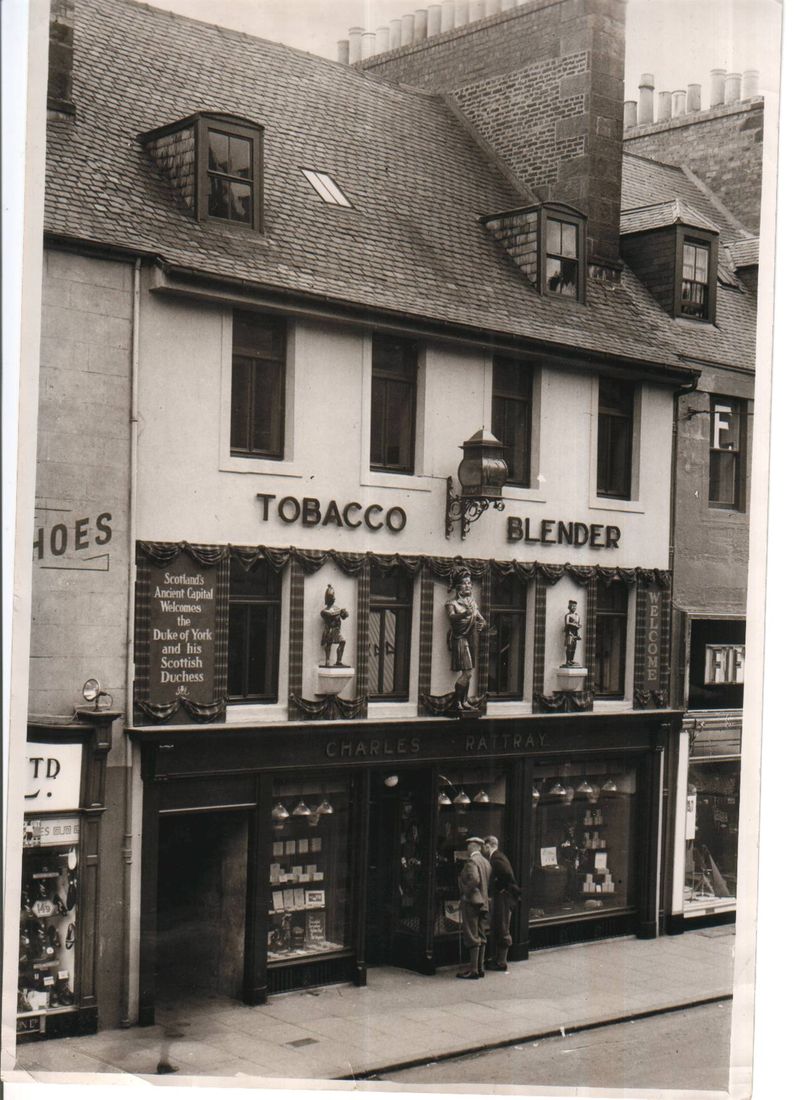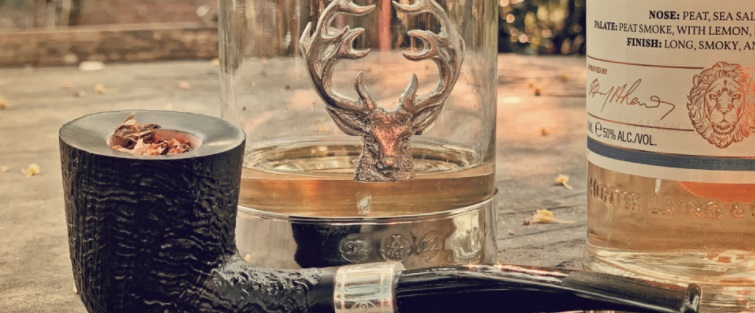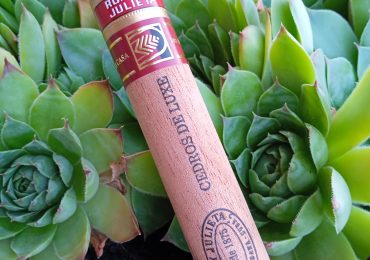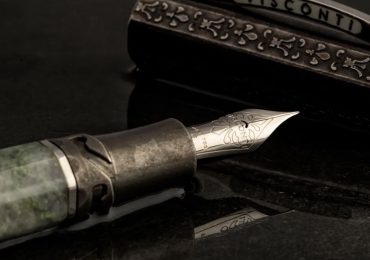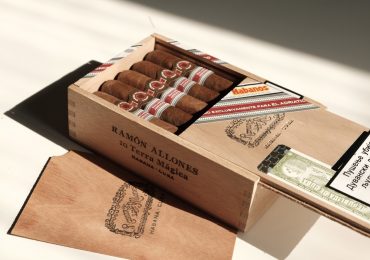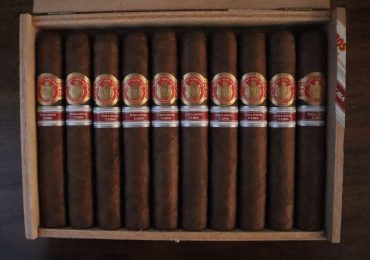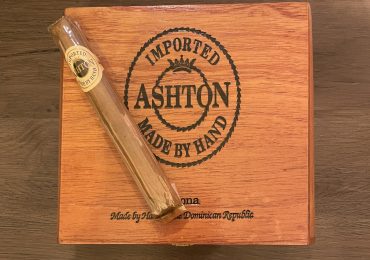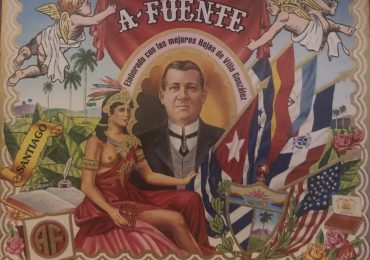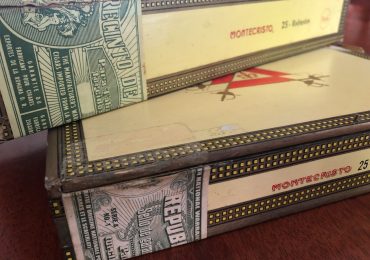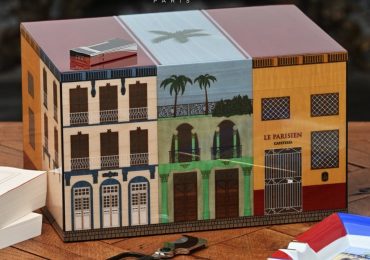Our online shop FourteenNinetyTwo.com is now a proud authorized dealer of Rattray’s Pipes. Shop the collection here
—-
I distinctly remember handling a pipe for the first time, a straight stemmed billiard from Montreal’s Blatter and Blatter. In hand, I couldn’t help but sense a primordial allure to the object. As anthropologically timeless in it’s simplicity as it was exquisite, I felt that through the handling of this pipe I was in some way communicating to a collective ancestral heritage.
Before the introduction of tobacco to the old world in 1492 by Columbus, pipes were found across all 5 continents, with some dating as early as 500 B.C found in Northern Europe. A common part of ancient ceremonial rites, Celtic tribes would use the pipe for the combustion of sacred herbs and Linden tree leaves thought to ward off evil spirits. Some of the first manufactured pipes for tobacco emerged on the British Isles, around the end of the 16th century. Made from clay, the Dudeen or ancient Celtic tobacco pipe became a naturalised part of local folklore and Gaelic identity, popularised by mythological creatures such as the Gancanagh; a vagabond male fairy known to seduce men and women out of their riches. It is precisely from these British Isles, that pipe artisans would move south to Holland and France and share their production know-how, setting the standard for the contemporary pipes we recognize today.

From the crossroads of this illustrious history, ancient traditions and mythological folklore, we can situate the roots and outstanding legacy of Rattray’s tobacco blends and pipes. The story begins with Charles Rattray, born in 1880. At the turn of the century, he studied the art of tobacco blending in the city of Dundee, the home of the Scottish Mixture at a shop called Fairweather & sons. Showing talent early on, the young understudy’s earliest blends and innovations of classic mixtures were considered appropriate for sale, by the prestigious Fairweather establishment. Historians credit this fruitful period as fundamental to the knowledge and skill he would acquire to be recognized as Scotland’s premier blender. At 23 Charles would return to his ancestral home city and the ancient Celtic capital of Perth, at “Brown Tobacco Shop” on 158 High street in 1903. He would rename it “House of Rattray”. In 1911, the business was purchased, with Charles’ reputation preceding his small shop in his perfecting of the timeless Scottish and Pure Virginia mixtures that still captivate aficionados a century onwards.
Reading this story, the fate of this young man and the pipe seemed written in the stars. Rattray is one of the longest inhabiting clans (spanning back to the 11th century) of Perthshire, the heart of the Scottish Highlands. The etymology of the name emerges from the Gaelic “rath-tref” meaning fort dwelling or ringfort, a location heavily associated with Pagan ritual, and one in which the Dudeen (ancient Celtic tobacco pipe) was often found. The Rattray clan motto expounds “Super Sidera Votum” or “My wishes are above the stars”, a relevant phrase considering the ambitious move of a 23-year-old Charles purchasing a shop, or moreover the heights his family name would reach generations forward in the tobacco world. Considering these remarkable coincidences and familial roots, it’s natural that homage to ancestral heritage, Celtic mythology and history would be Rattray’s foundational and distinctive quality. This sensibility would pervade itself in his tobacco blends, and the pipes that would be inspired by them.
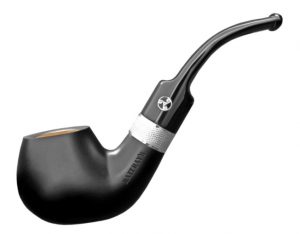
$159 CAD
When one smokes Rattray’s classic Scottish blends, one is sensorially transported to early 20th century Scotland via the robust distinct flavors that dominated the palettes of the period. Charles would name the blends through historical figures and local folklore that best reveal the story and personality of the tobaccos.
Rattray’s “Red Rapparee” is among his flagship tobaccos, the dark full bodied spicy mixture of Virginias, Orientals, Black Cavendish with generous amounts of Latakia is one that reflects the bohemian and vagabond spirit of the Rapparee, or Irish guerilla fighters of the Williamite war. Charles’ use of Red Virginias, impart the blend with an iconic red tinge. A blend that according to his creator “burns in the pipe with the spontaneity of a fine cigar”, Red Rapparee provides a great introduction into the world of Scottish mixtures.
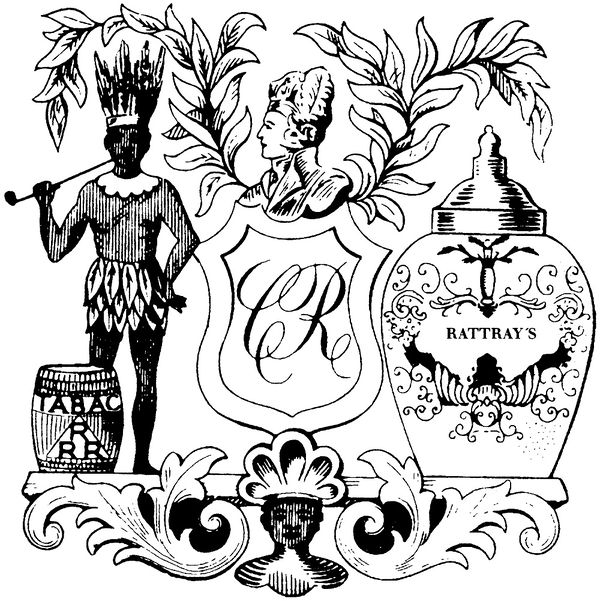
Just a few other relatives of the Red Rapparee are the Black Mallory, the 7 Reserve, 3 Noggins and Accountants mixture. Each is made with a unique proportion of tobaccos to suit the many habits (and occasionally, profession) of the smoker. The Black Mallory, offers a robust and balanced blend that capitalizes on the boldness of the Red Rapparee, producing a thick velvety smoke, but replaces the spicy notes with subtle oak and sweetness. The 7 reserve, is composed of the base blend of the Red Rapparee but adjusted to meet the needs of those constantly smoking. Every blend in Rattray’s classic repertoire, reveals a different olfactory dimension to those reveling in the many subtleties of flavour and aroma contained in the Scottish mixture universe.
Pipe making became a natural next step for Rattray’s, once his blends had garnered a following in Britain. Pipe production was done in partnership with English makers, with the tobacco blends being the inspiration for private label pipes that would bear the name Rattray. This tradition continues today with some blends having a corresponding pipe, a unique artisanal impression of the smoking experience offered by each.
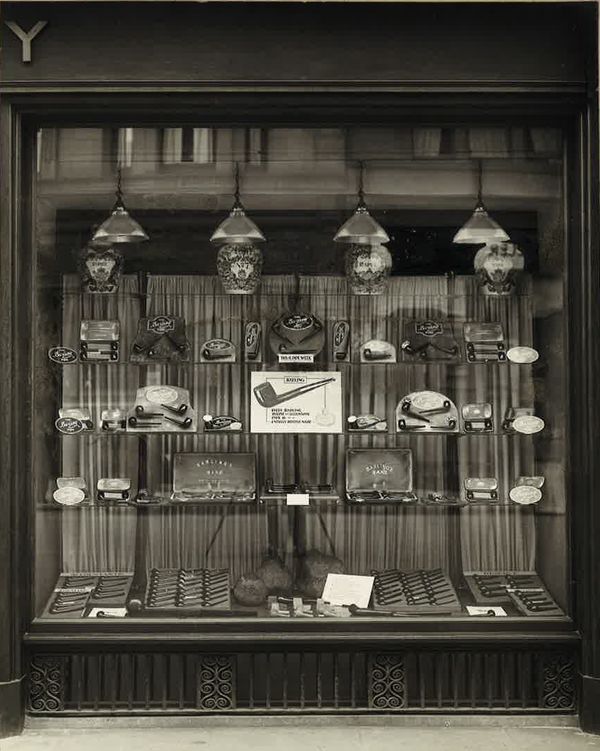
Amongst the best-selling tins is the Virginia and Perique blend, Old Gowrie, named after the Scottish agricultural province of Gowrie in Eastern Perthshire. It’s corresponding pipe “Old Gowrie 11” is a beautifully proportioned Zulu shape, the charcoal-colored briar bowl, tapered as to resemble a cornucopia; a nod to the Gowrie’s reputation as the “garden of Scotland”. The sandblasted finish imparts a versatile rustic look, perhaps hinting at the versatility of this famously savoury and accessible blend from Rattray’s.
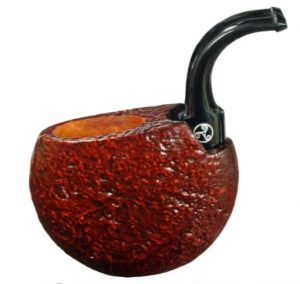
$99 CAD
Mr. Rattray died in 1964, the company being left in the hands of his son, Charles Rattray Jr. With the passing of the patriarch, the magical variable that made the blends distinct became endangered. The late Charles would refer to this as the blender’s “expert intuition of the senses” or the instinctive and off the cuff methods of the old tobacco blending tradition he feared would be imperilled by factory production. Next came a tenuous period in the 70s, where the rights of some blends were acquired by Robert McConnell Tobaccos.
What followed was an acquisition by premier European Tobacco and Pipe distributors, Kohlhaus & Kopp. In the following decades. the partnership with the German company saw Rattray’s pipe and accessories selection dramatically expanded, establishing a firm grip in a previously neglected North American market. Amongst the world renown pipe dynasties represented in Kopp’s portfolio, today (Savinelli, Peterson, Jolly Roger) Rattray’s has the widest selection of briars available. Charles Sr.’s vision and legacy is preserved by Europe’s finest traditional pipe makers, notably in the world capital of Briar wood pipes, St. Claude, France. Here the traditions of Chacom and Butz Choquin carve the finest briars into unique designs that channel the spirit and folklore of the Scottish Highlands. Very few Meerschaum pipes have the privilege to be emblazoned with Rattray’s Celtic trinity knot, production limited to a single workshop in Italy.
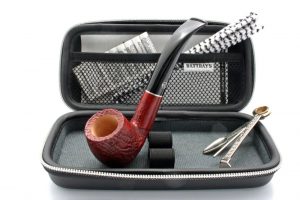
$149 CAD
Just like the original blends that preceded them, the unique grains of the briar wood find perfect expression imbued with the Celtic mythology surrounding the Rattray Clan.
The famous Kelpy pipe is named after the legend of a water horse that would deceive travelers crossing the river in promising safe passage. The regal Stone of Scone pipe refers to an ancient rock coronation ritual, establishing Scottish royalty. These are but a few examples of a large catalogue that captures the imagination of pipe aficionados the world over, by virtue of the authentic and personalised feel of each Rattray product. Similar to the ancient Celtic Dudeen’s use in pagan ritual as a ceremonial gathering force, Rattray’s acts as a lightning rod gathering new found interest in the history of the brand, and the folklore that inspired it.
